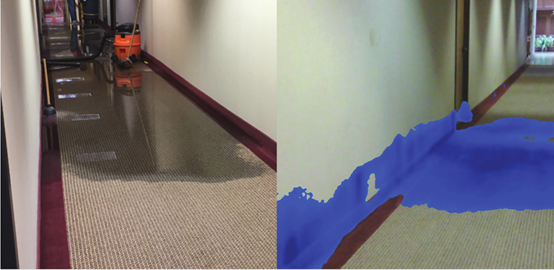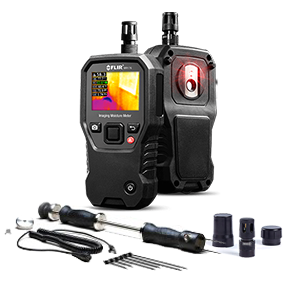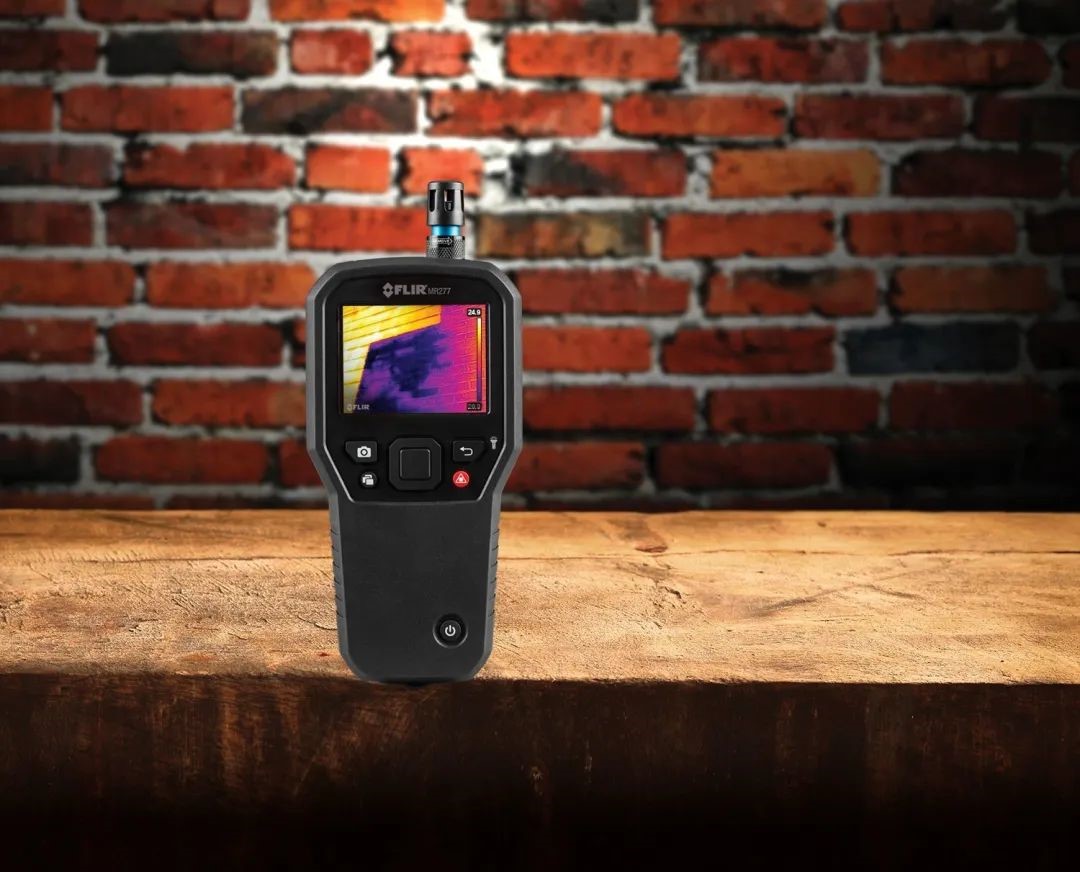FLIR MR176 and MR277 Help Alleviate Problems During Post-Flood Rebuilding

2020 has seen record rainfalls in southern China, with nine areas of Guangxi and Guangdong provinces recording historic highs in June. It’s imperative to take precautions during the flood season to prevent water from overflowing and causing moisture damage, and equally important to consider mitigation of losses and rebuilding after an area has been ravaged by floods.
Challenges in post-flood rebuilding
Flooding caused by rain is a pressing issue in many regions in southern China. After a flood, it is critical to reduce water damage and prevent problems such as mold, mildew, and rotting so that home and business owners can get back on track. Restoration professionals can quickly and accurately determine the extent of the water damage with services that include documenting the extent of moisture damage, determining the cost for the restoration, extracting remaining water from the building, replacing affected materials, drying affected areas, and certifying that no moisture was left behind after service.

Severe water damaged caused by flooding revealed with infrared imaging.
Visual inspection alone can miss water that has wicked up sheetrock or is hiding under floors, possibly leading to an incorrect repair report. A standard moisture meter can tell if something is wet, but requires inspectors to hunt-and-peck to find moisture. This means that documenting moisture meter readings over a vast area takes a long time, and does not always provide a complete picture of the damage. These limitations pose a considerable challenge in post-flood reconstruction work.
Moisture Detection with Thermal
For post-flood reconstruction to be carried out faster, inspectors need a tool that can quickly scan for and identify moisture over a large area. The FLIR MR176 is a great helper to detect hidden moisture. Featuring Infrared Guided Measurement (IGM) technology and equipped with 80x60 FLIR Lepton® thermal imaging sensor, it can accurately target where moisture exists.
A thermal camera is a great tool to survey a large area quickly and in a non-invasive manner to determine the likelihood of elevated moisture levels in the water-damaged areas. Because evaporative moisture cools the surface of materials, damage is often seen as a darker (cooler) area on the image. Once potential moisture is detected by the thermal camera, it can then be verified by non-intrusive or intrusive moisture measurements.
After restoration, the FLIR MR176 can then be used to examine whether moisture has reverted to normal level, or whether there is residual moisture. The restoration professional can document readings and images to generate a credible report of their findings for the owner and insurance company, and put the owner’s mind at ease that the damage has been fully repaired.

The location and source of water damage is easy to see with a combination tool that offers a thermal camera and moisture meter. Restoration crews can then determine the level of moisture using the device’s moisture measurement function.
Thermal cameras help insurance companies save money
Using FLIR MR176, restoration professionals can quickly and accurately determine the extent of the water damage, create an accurate repair and cost report for the insurer, make repairs, and dry the affected area. They can confidently provide post-restoration proof that the job was completed using thermal images, moisture meter readings, and relative humidity readings. Together these metrics provide a reliable basis for assessment.

For insurance companies, the use of an infrared imager to detect and repair losses resulting from floods means a possible cost reduction. The FLIR MR176 can non-destructively detect where moisture is, so repair crews only need to replace what was damaged, and can spend less overall on relocating the owner during repairs.
FLIR has followed up on the FLIR MR176’s outstanding results in humidity detection with a new member of the MR-Series: the FLIR MR277.
New product—the FLIR MR277™
The FLIR MR277 is the company's first building inspection system that combines the advantages of Infrared Guided Measurement (IGM™) and patented Multi-Spectral Dynamic Imaging (MSX®) with advanced environmental sensors to help quickly locate, clearly identify, and easily document problems.

The FLIR MR277 uses an integrated non-invasive sensor to accurately target faults, and captures accurate readings of the problem area with the attached external probe and professional moisture content detector (optional). Features such as the built-in hygrometer and the field-replaceable temperature/humidity sensor expedite troubleshooting, while METERLiNK® allows you to connect to mobile devices and upload data to the FLIR Tools® app for reporting.
As South China is preparing for the flood period, insurance companies and property management companies should get all their restoration tools ready. After flooding, a FLIR infrared thermal imager is the ideal tool for moisture detection and restoration. It will help you evaluate the damage in the shortest possible time as you embark on restoration, thereby minimizing damage and helping restore the home of your customers.